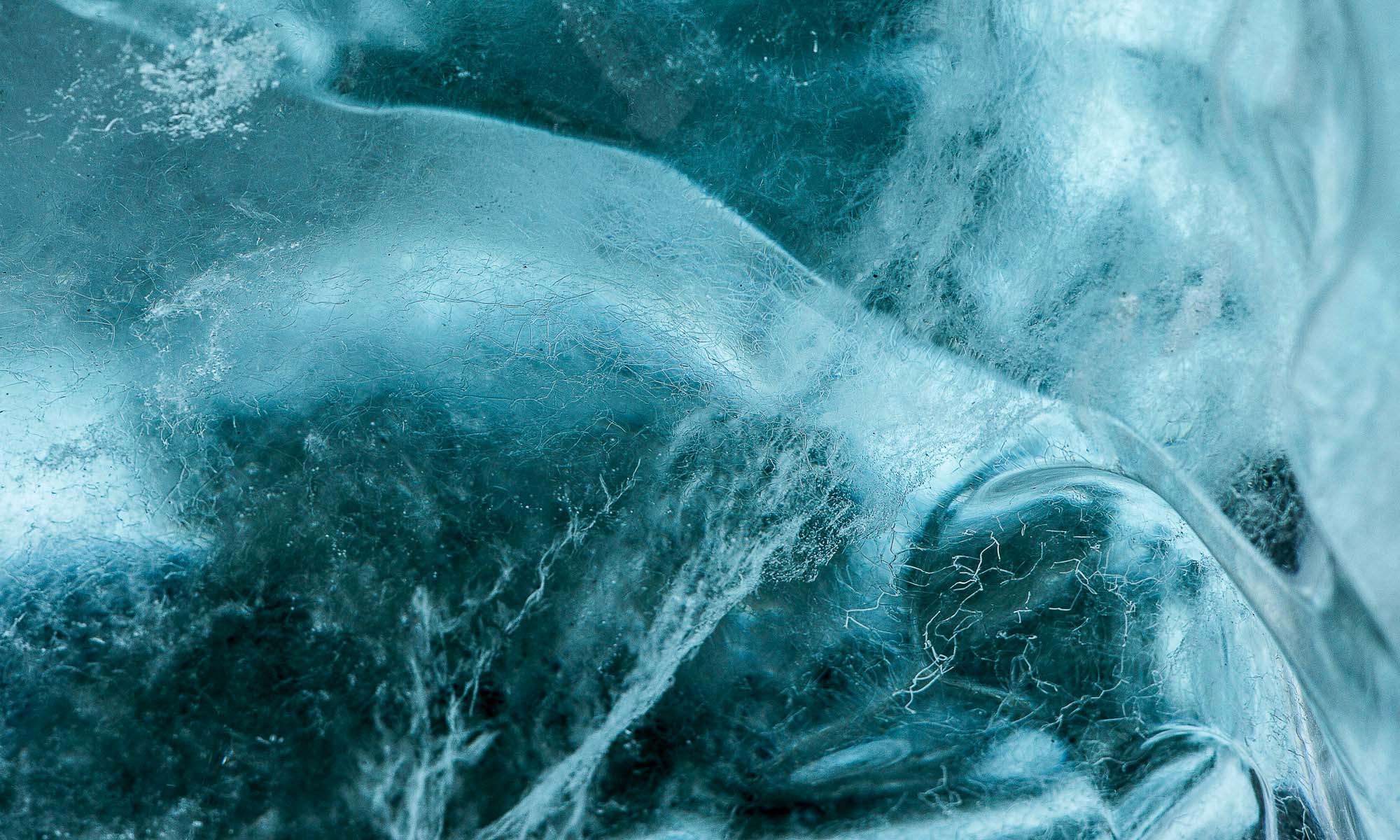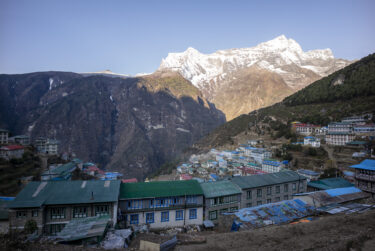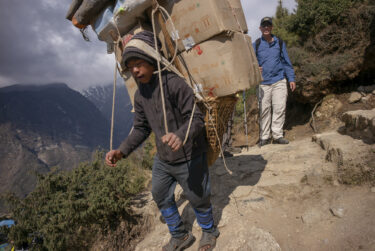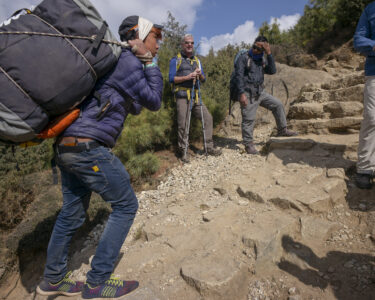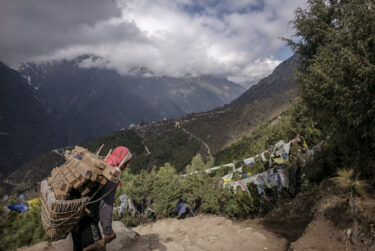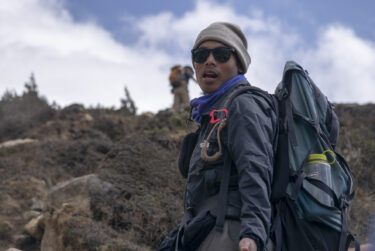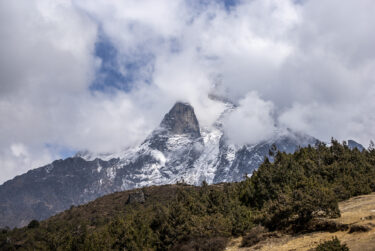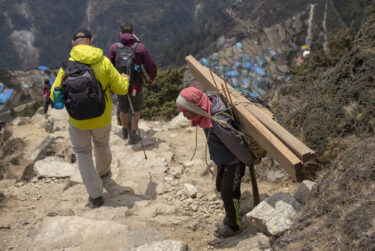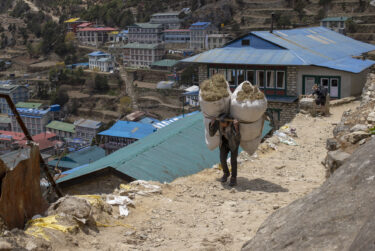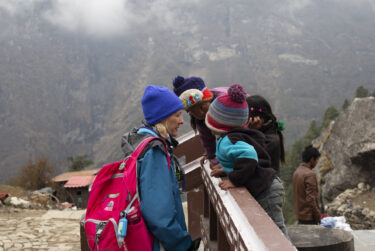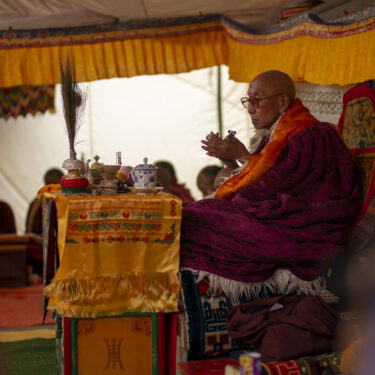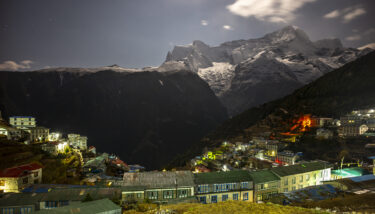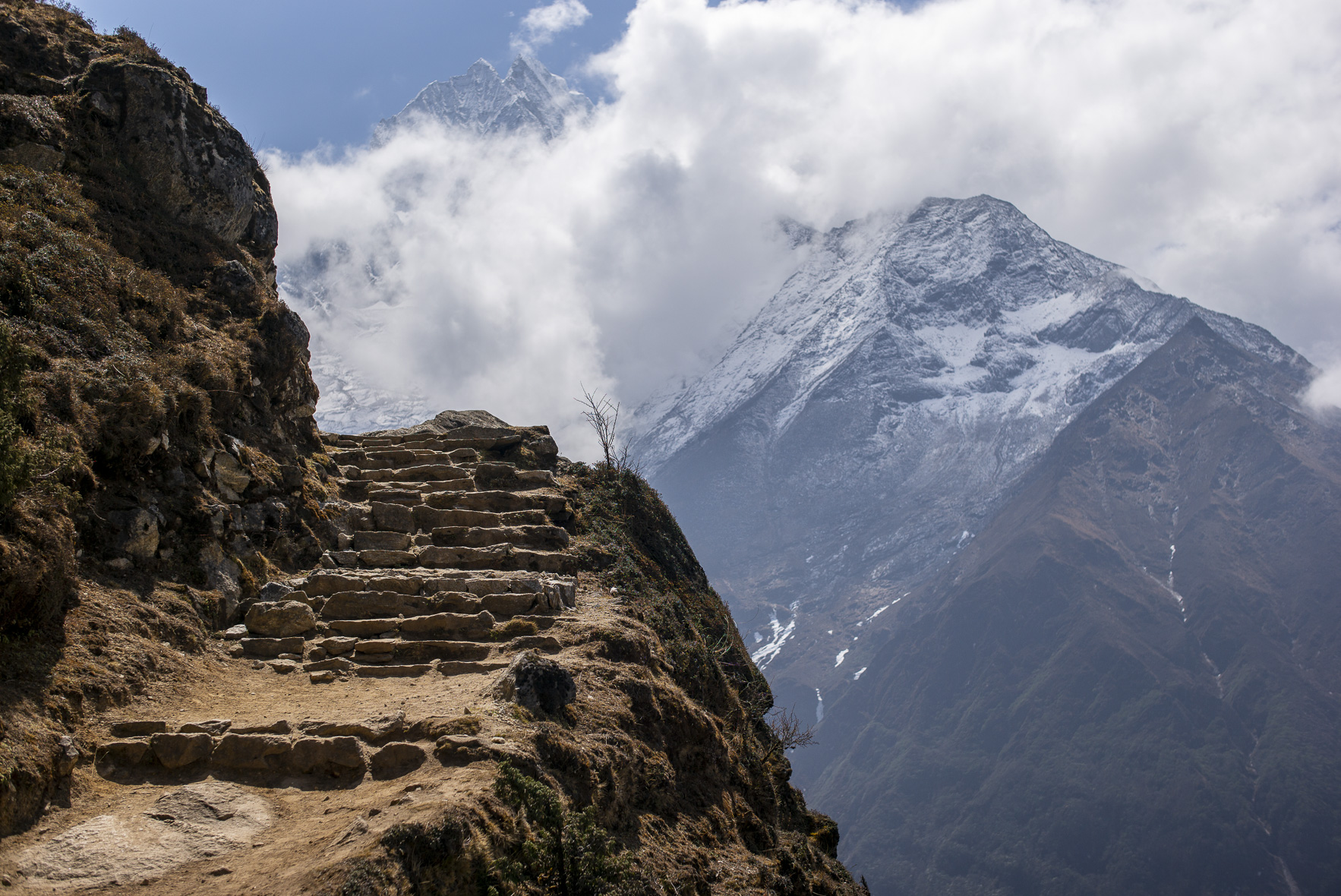 Looking up the valley towards Mt Everest.
Looking up the valley towards Mt Everest.
A necessary part of any high altitude trekking is taking time for us sea-level dwellers to acclimatise to the lower levels of oxygen. So, here we are today, in the first major stop, since Edmund Hillary, in Namche Bazaar, on a loop hike, going up and coming back down to sleep.
Begin, End: 3,440 mtrs, up and down 400mtrs
Distance: 6kms
Duration: 4hrs
I’ve never hiked at this altitude before (the highest point probably is Mt Kosciusko, the highest point in Australia, at 2,228mtrs), so I’m already considerably above that already since day 1. Getting up to this point, the first real altitude, is when you can start to experience the effects of altitude (acute mountain sickness – AMS). Headaches come and go during the first night, but otherwise nothing too serious.
Namche is a town nestled in a bowl, and the camp site sits above the town centre. The town is full of hotels, cafés, hiking gear stores, etc… all recent additions to cater for the increasing number of trekkers coming through here. The Stupa is quite new and fresh, and the local Lama visits today, so there are prayers, chanting, music, that fills the town all day.
There was a time, when western trekkers and climbers would stay here for a pittance. The trail, and expectations still seem to persist, as talking to a local hotelier, western walkers expect to still pay single dollar amounts for hotel beds and rooms. It is quite insulting, that with all the wealth of western travellers, they would bargain over single dollars; when they will quite happily spend that on a cup of coffee or so at home.
But the town is in a quandary; it has expanded rapidly to capitalise on the growing numbers of tourists, with now essentially a glut of beds and rooms, hotels, tea-houses that are now half-full at best. To understand that everything is bought in on the backs of porters and animals, is to appreciate the incredible hardship, toil and work-ethic of the locals, and the low-cost of everything here exacerbates the problem and poverty of the region. There are cheap holidays, and there is exploitation.
During our hike, we go to the north side of the plateau above the town, to a lodge on the precipice that looks over the vast sweep of the valley to Mt Everest and the mountain chain within which it stands. It is a spectacular view as we peruse the coming days terrain, even if Everest itself is obscured by clouds.
Had a shower, the first since beginning the trek. Its probably the last for over a week too, so washed some clothes and tried to get them dry. You have to time it just right, the few hours of sunshine in the morning, windy, if overcast, afternoon where it doesn’t mist over or rain. Its a bit of an art!
There are developments in the region here, museums of the history of the Sherpa, particularly in their relationship to those that climb the mountains. It is extraordinary to realise that most of the work of climbing is done by the locals, setting up routes through ice fields and glaciers, establishing camps, bussing up the packs (just as ours are bussed from camp to camp). It is easy to become caught up in your personal difficulties, dealing with the strange environment, food, altitude, etc…, but to understand how much of this is made possible, would be impossible, without the extraordinary efforts of the locals. At the end of the day, you wonder if you really are paying enough to recognise those efforts; it truly doesn’t feel like that, as a whole season’s work of working on the mountains can only lead to a few hundred dollars at best.
